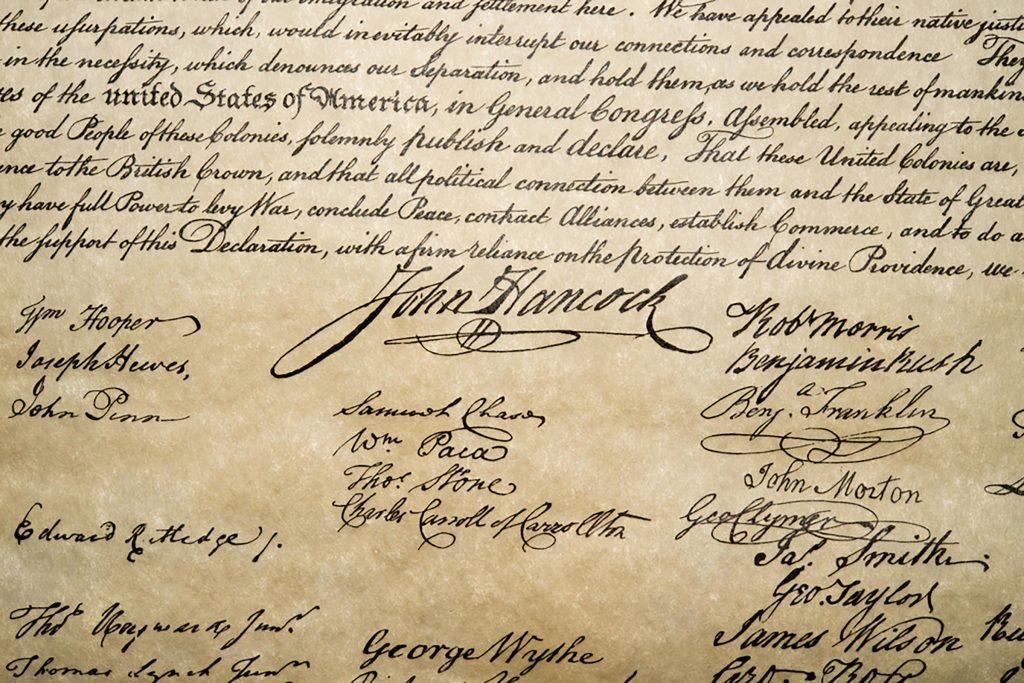These are the real rules of the road for driving in Connecticut. Forget what’s written in state law. This is the real deal.If you have any suggested additions I'd be happy to hear them!
Drivers may run red lights if the light was green when the
driver first saw it. It used to be green.
The first driver in line when a light turns green may sit at the light texting.
The first driver in line when a light turns green may sit at the light texting.
For yellow lights, speed up so as to make it through while
the light is still yellow.


Pedestrians never have the right of way.
Speed limits are optional, although the driver may consider
slowing down in the presence of a police cruiser.
In no passing zones, drivers may pass without a turn signal
when theywish to. Crossing yellow lines or solid white lines is not only
allowed but encouraged.
The "right turn on red" law equates the red light to a green arrow; no need to slow, or stop and look prior to the turn.
The
"No Turn on Red" or "Right Turn on Red from Right Lane Only" (when
there are 2 right turn lanes) signs only apply to people who are not in a
hurry, or not self-important. All others should disregard these signs.
Yield signs are there just for decoration.
At stop signs, rolling stops are acceptable. If the driver
doesn’t feel like slowing down that’s ok too.
With the use of turn signals, they are totally optional.
When a driver in the right lane signals that he/she wants to move over to the
center lane, the closest driver to the left must speed up so that the driver to
the right cannot move over. This move may be repeated as often as necessary.
Cell phone use and texting is only prohibited in the presence of a police officer. Otherwise it is permitted.




